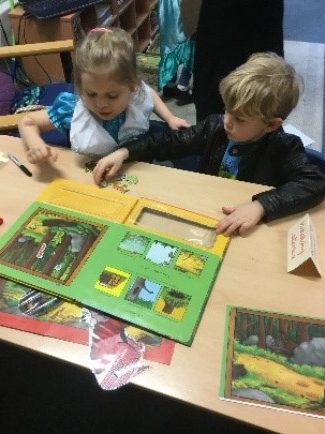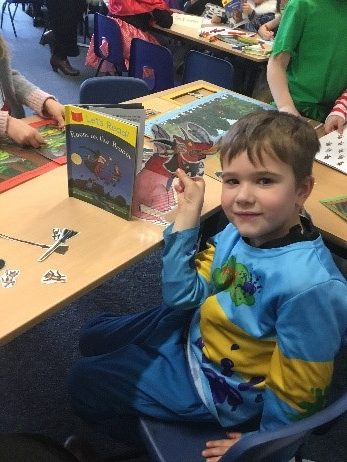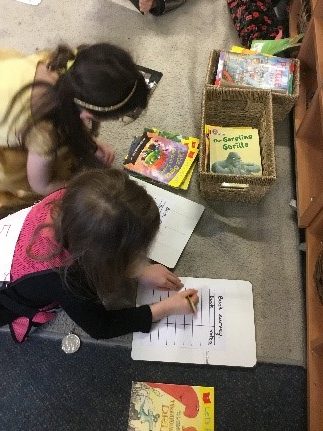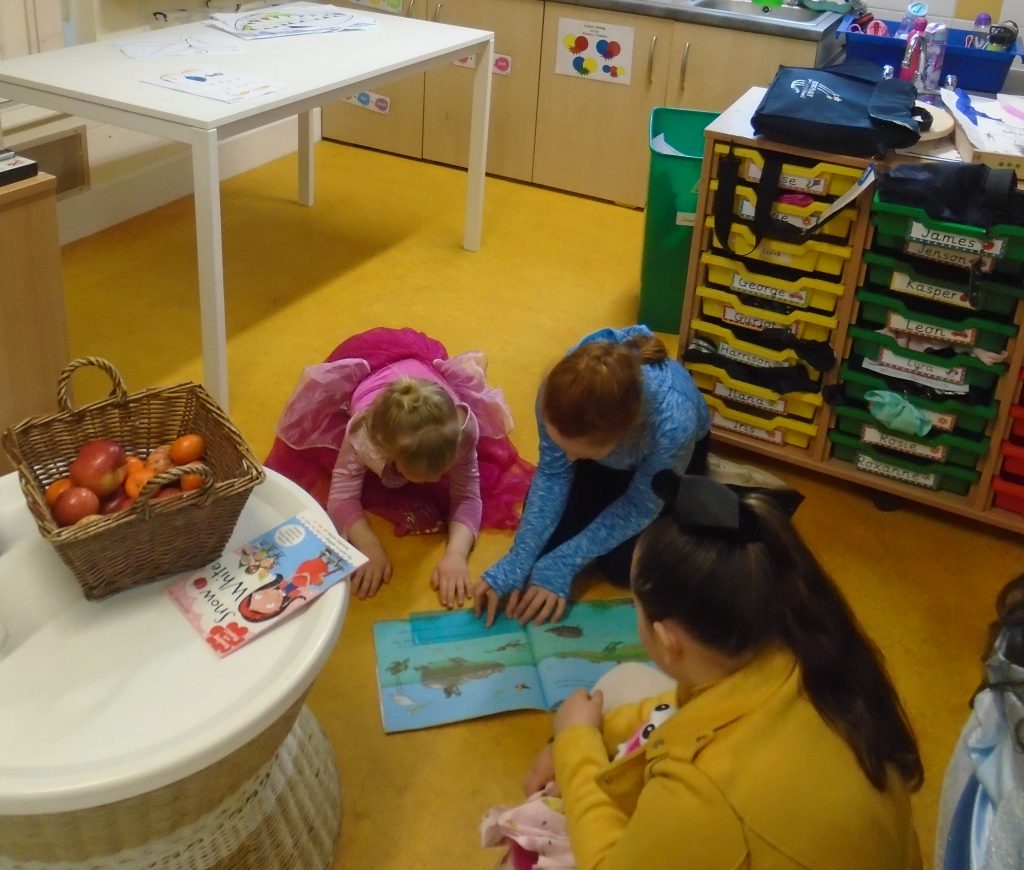Phonics at Kingsway Primary School




At Kingsway Primary School we are passionately committed to ensuring that every child becomes a confident and competent reader. Phonics is proven to be the most effective way of teaching early reading and we have invested time and resources to ensure it is taught effectively to all pupils.
What Phonics Resources do we use?
At Kingsway, we follow our own, bespoke systematic, synthetics phonics programme where knowledge and skills are built up quickly. We have developed a uniform approach to our resources and teaching which develops progressively from nursery to Year Two.
What do the children learn and when?
The content of the phonics teaching is set by our Pacing Document which starts in the nursery where children receive phase one phonics activities as part of their daily routine. This document is followed systematically to ensure that children have the skills to meet the requirements of the phonics screening check in Year One and develop enough fluency in their reading to meet the end of KS1 expectations for reading.
How is phonics taught?
In Reception to Year Two, phonics lessons are taught using a structured, set format to ensure that there is plenty of practice and repetition of the grapheme-phoneme correspondences and their application to reading and writing. This allows learning to be maximised within lessons as skills are taught and repeated in order to ensure knowledge is retained. Lessons follow a predictable pattern so that children know what to expect in their lessons and maximise their learning. Phonics is taught for 20-30 minutes every day.
How do we keep children on track?
All of our teachers assess daily within their lessons to ensure that children are accessing teaching. Teachers in reception and year 1 assess children more formally on a weekly basis to ensure that children are retaining their learning and so that teaching can be adapted accordingly. We keep children on track with the pacing document using same day intervention and personalised flashcards to ensure that children do not fall behind.
If children are struggling with the pace of teaching, timetable changes and appropriate catch up groups or individual support are put in place as soon as possible as our philosophy is to ensure children ‘keep up’ rather than ‘catch up’. Phonics is at the heart of our pedagogy and only when all catch up strategies have been used will any other reading strategy be considered.
Reading books and home learning
As soon as children start to learn sounds in reception, we send home their home/school phonics book. In this book are the sounds that they have learnt that day along with some words that they can practise blending.
We use a combination of reading schemes, which we have carefully matched to our pacing document. These schemes include:
– Rising Stars – rocket phonics
– Bug club
– Floppy’s phonics
– Songbirds
– Dandelion launchers/readers
Teachers will make careful choices about a children’s reading book based on their phonic knowledge, stamina and fluency. At times, they may also send home additional fluency cards along with their reading book to help children move onto the next set of books. In the early stages of reading, we expect children to read their reading books twice: once to concentrate on decoding (the ‘practice’ read) and the second time to develop more fluency (the ‘performance’ read)
How can I get my child ready for reading before they start school?
Children will start learning letter-sound correspondences as soon as they start school and there are several ways in which parents get them ready:
- Sing lots of nursery rhymes to and with your child to help them hear and say patterned language
- Read to them regularly making listening to stories fun
- Look out for text in the environment which they might recognise such as Logos or names to help them understand that text carries meaning
- Play listening games such as: ‘I spy’, listening for sounds out on a walk or sound bingo with environmental sounds.
Children will have opportunities to take part in a range of these activities as part of their provision in the KEY Nursery.
Glossary
There are some terms above that you may not be familiar with. Please see definitions below:
Phoneme: the smallest unit of sound eg ‘t’
Grapheme: the written presentation of a sound or units of sound eg ‘t’ or ‘ai’
Digraph: two letters representing one unit of sound eg ‘ai’
Trigraph: three letters representing one unit of sound eg ‘air’ (hair)
Segment: ‘Chop’ words into individual sounds or units of sound eg ‘r-ai-n’
Blend: Push individual sounds or units of sounds together to hear a word eg ‘sh-i-v-er’= ‘shiver’





